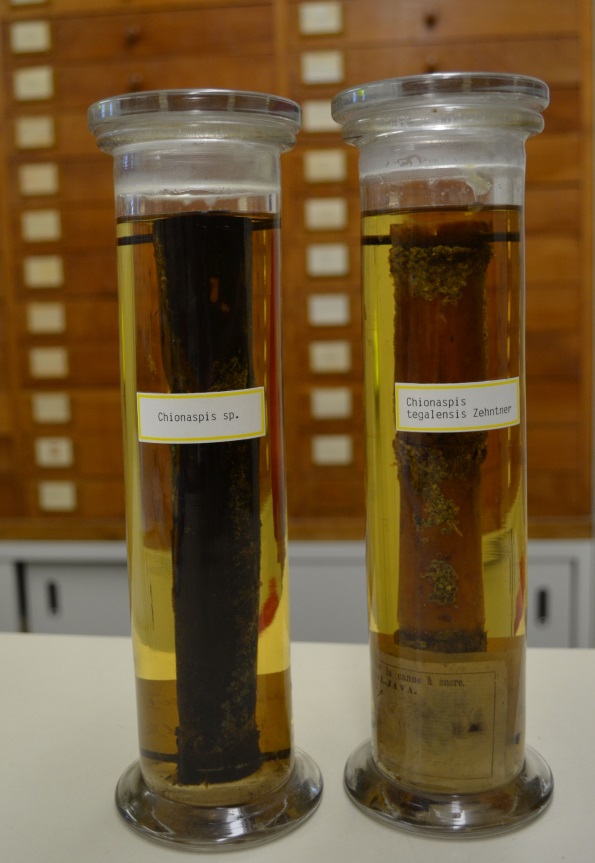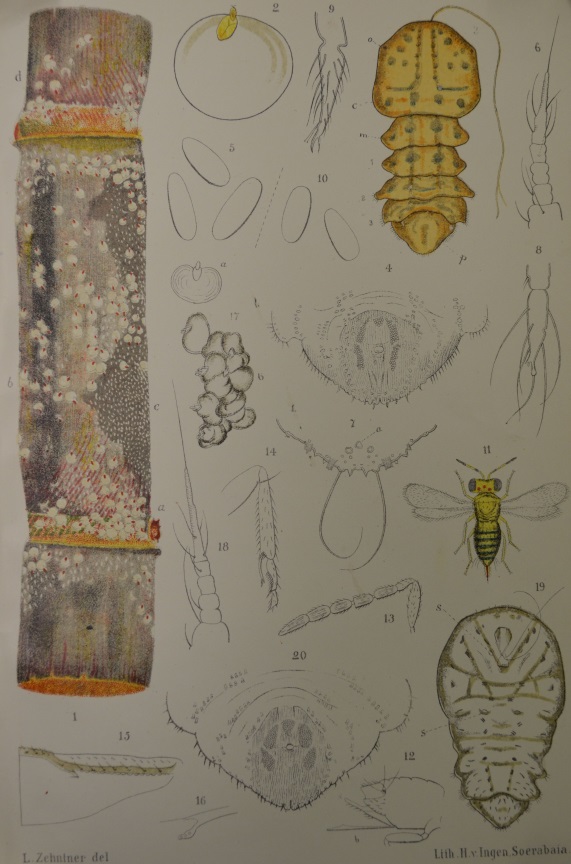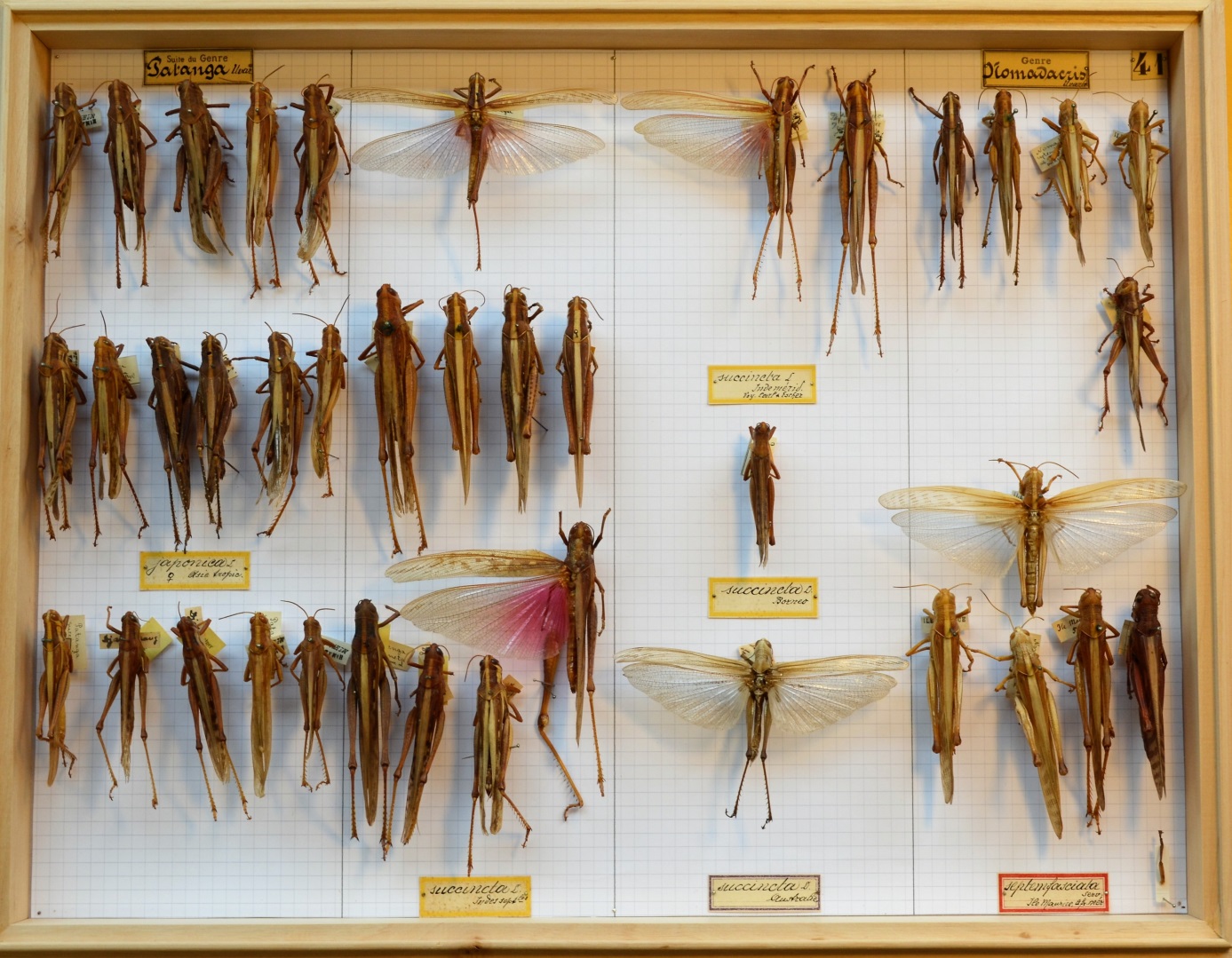Naming taxa in ones’ own honour is considered rather bad manners, but is not against the rules. Leo Zehntner published a work on the pests of sugar cane that included a description of Acridium zehntneri, thinking that Krauss had already published it. Since he had not, Zehntner did name a grasshopper after himself, but by only accident.
Leo Zehntner (1864-1961) was a Swiss naturalist and a pioneer of tropical applied entomology. After working at the Geneva Museum, he went to Java (then part of the Dutch East Indies) in 1894 to study the pests of sugar cane at a research station in Pasuruan funded by the Dutch sugar industry.

He described many new species and also sent specimens back to Europe. He was informed by the German expert Hermann Krauss that some specimens he had sent represented a new species and that this would be called Acridium zehntneri in his honour. Consequently, in 1897 Zehntner used this name in a publication enumerating and describing the main pests of sugar, giving Krauss as the author, but this appeared before the formal description by Krauss, making Zehntner the officially recognised author because the rules of nomenclature are based on priority of first publication. Krauss therefore abandoned his intention to describe the species.

Later workers realised that Acridium zehntneri was not really a new species, but the question about its true identity were hard to resolve because Zehntner’s specimens had been destroyed when the cocoa research station at Salatiga which he had founded in 1900 burned down. Walter Roepke, a Dutch applied entomologist who elucidated from Krauss how the name had come about, found some specimens in the Salatiga insect collection which he thought represented Zehntner’s species. These he had identified by the leading grasshopper experts of the twentieth century, Boris Uvarov and Cornelius Willemse, as Valanga nigricornis melanoceris, and he made Zehntner’s species a synonym of this name. Willemse himself, based on the description given by Zehntner, thought that it was more likely to be Patanga succincta, and he placed Zehntner’s species as a synonym of that name.

The Geneva museum collections contain many specimens sent by Zehntner from Java, and the grasshoppers in question had been revised by Boris Uvarov himself. Checking the species described by Zehntner in his 1897 work, it was clear that all four of the grasshoppers described there were represented in the collection, two under the names he had used himself, and two under the names of the competing candidates for Zehntner’s species. Examining the specimens, was clear that Zehntner’s description matched Patanga succincta much better than Valanga nigricornis melanoceris, and validated Willemse’s opinion of the true identity of Acridium zehntneri.
→ Article original disponible à la bibliothèque du Muséum
→ Article scientifique disponible gratuitement : HOLLIER, J. & WILLEMSE, L., 2018. Did Leo Zehntner really name a new species of grasshopper in his own honour? Metaleptea 38(3), 18-19.
